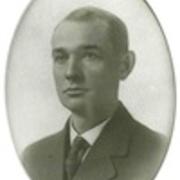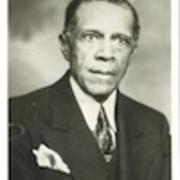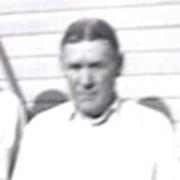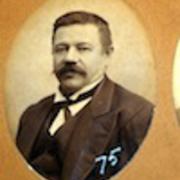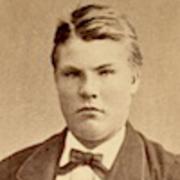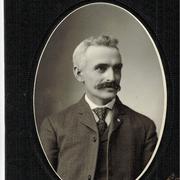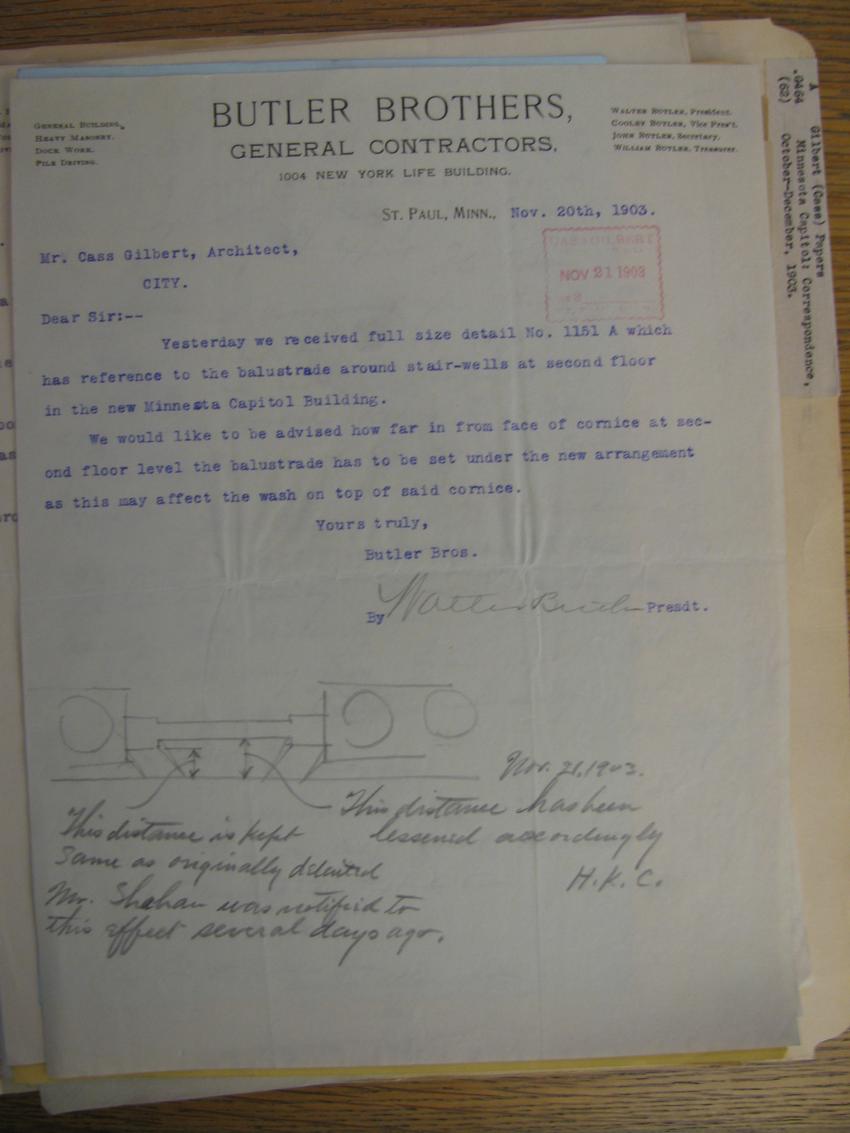
This is a memorandum that was generated by the Butler Brothers, who were the general contractors on the Capitol construction site. This details a change in the construction of a stairway ballustrade. In pencil at the bottom of the image is a note that Everette Shahan, a stoneworker in this part of the building, was notified of the changes.
Everett Shahan was a well respected craftsman, both by the Butler Brothers and by contemporary architects. The following is a brief excerpt from an essay about Everette, written by John Sielaff, one of capitol construction research members:
"Another one of Butler-Ryan’s indispensable employees was stonecutter Everett Shahan. Shahan’s father and brother also worked on the Capitol, but Everett was considered the genius of the family. The family was from Kansas and had first worked for the Butlers on a job in Cherokee, Iowa just before they all moved to St. Paul. In 1901, Everett, at the age of 21, took on the task of figuring and cutting the hundreds of blocks of marble for the Capitol dome. Principal Architect Ginny Lackovic of HGA Architects has studied the original plans for the building:
'It is phenomenal to see how everything fits together…. The marble is self-supporting. It’s one of only four self-supporting domes still standing…. By the time you get up to the dome level … there are no drawings…. We’ve never found a drawing that shows the actual construction of the dome. There’s a drawing that shows the intent, but that’s not what got built. So at some point there was an adjustment made. There was a lot of arguing between the architect and the engineers, contractors and the State at that point…. I think the top of the drum wall was finished and sat vacant without a dome for several months until they resolved some of the issues. And at that point, again, it was basically verbal communication, between Cass Gilbert and some of the people that were doing the construction. But there are no drawings that show exactly what it is now. We have a couple sketches that we found in New York, but … there is no formal drawing that we ever found that shows exactly how that’s built.'[1]
Emmett Butler, the youngest of the Butler brothers, talked about the dome construction in a memoir which he wrote in the 1940’s. According to his account, Everett Shahan made a model of the dome on the floor of the St. Paul Y.M.C.A. gymnasium which he used to make patterns for all the pieces. Shahan went on to work for the Butler Brothers for many years and was the chief engineer on the company’s biggest project, a seven and a half million dollar underwater tunnel connecting Windsor, Canada and Detroit.[2] Eventually he went to work as a civil engineer for the Federal Government in Portland, Oregon.[3]

